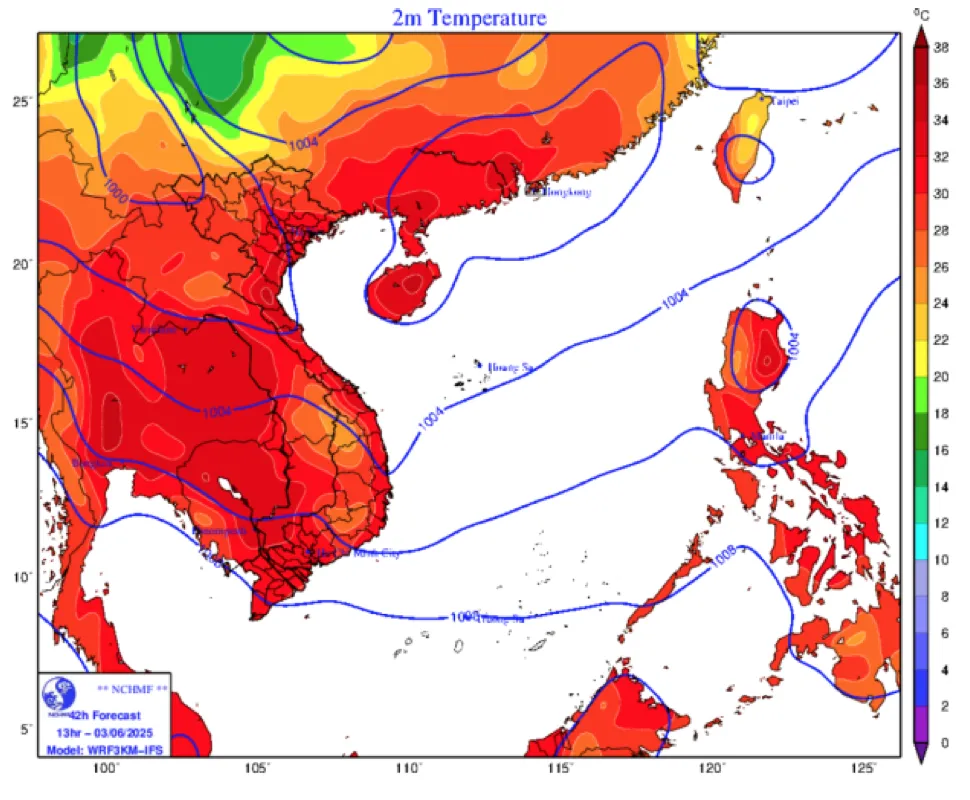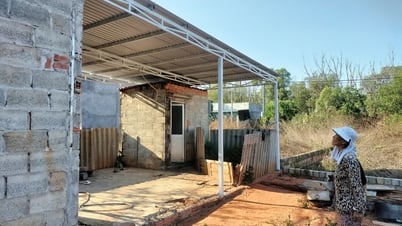
On the morning of June 3, Da Nang City issued a notice about a prolonged heat wave. Accordingly, Da Nang has experienced a heat wave and severe heat in the past 24 hours with the highest temperature commonly ranging from 36.5 to 38.5°C and humidity fluctuating around 45–55%.
It is expected that from June 4, the intensity of the heat will decrease slightly with the highest temperature fluctuating between 35-37°C and humidity rising to 50-60%.
However, from June 5 onwards, the heat wave in Da Nang will gradually decrease in intensity with the highest average temperature ranging from 34 to 36°C and the lowest humidity reaching 50-60%. The heat wave risk level is warned at level 1. In the context of prolonged heat wave, people need to pay attention to the possibility of thunderstorms in the afternoon and evening, accompanied by dangerous weather phenomena such as tornadoes, lightning, hail and strong gusts of wind, especially in mountainous areas. The combination of high temperature and low humidity also increases the risk of explosions and fires in residential areas due to sudden demand for electricity, in addition to the risk of forest fires.
In addition, prolonged heat can cause health problems such as dehydration, exhaustion and heat stroke, especially for people who work outdoors or are exposed to high temperatures for long periods of time.

According to the National Center for Hydro-Meteorological Forecasting, the area from Nghe An to Binh Thuan continues to have hot and extremely hot weather with the highest temperature commonly ranging from 35-38°C, some places above 38°C. The area from Quang Binh to Phu Yen has places with sunshine lasting from 10-17 hours. The lowest relative humidity is commonly 50-55%.
Due to the effects of heat and intense heat combined with low humidity in the air, there is a high risk of explosions and fires in residential areas due to increased demand for electricity and the risk of forest fires. In addition, heat can also cause dehydration, exhaustion, and heat stroke in the human body when exposed to high temperatures for a long time.
Source: https://www.sggp.org.vn/da-nang-doi-mat-voi-dot-nang-nong-cuc-doan-post797901.html



















































































Comment (0)